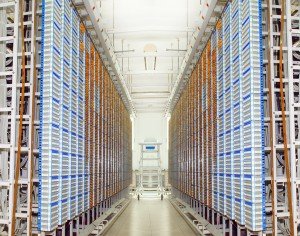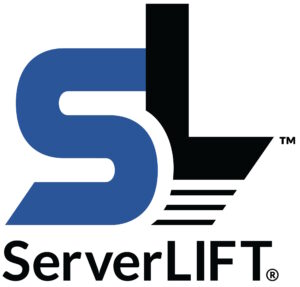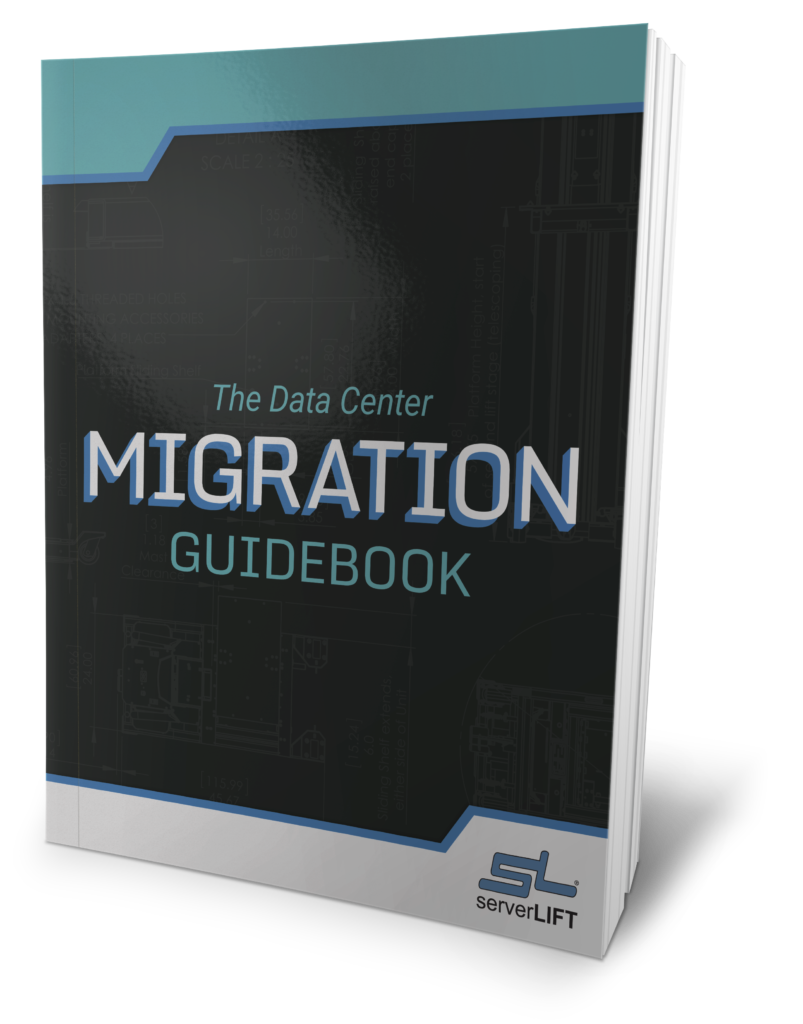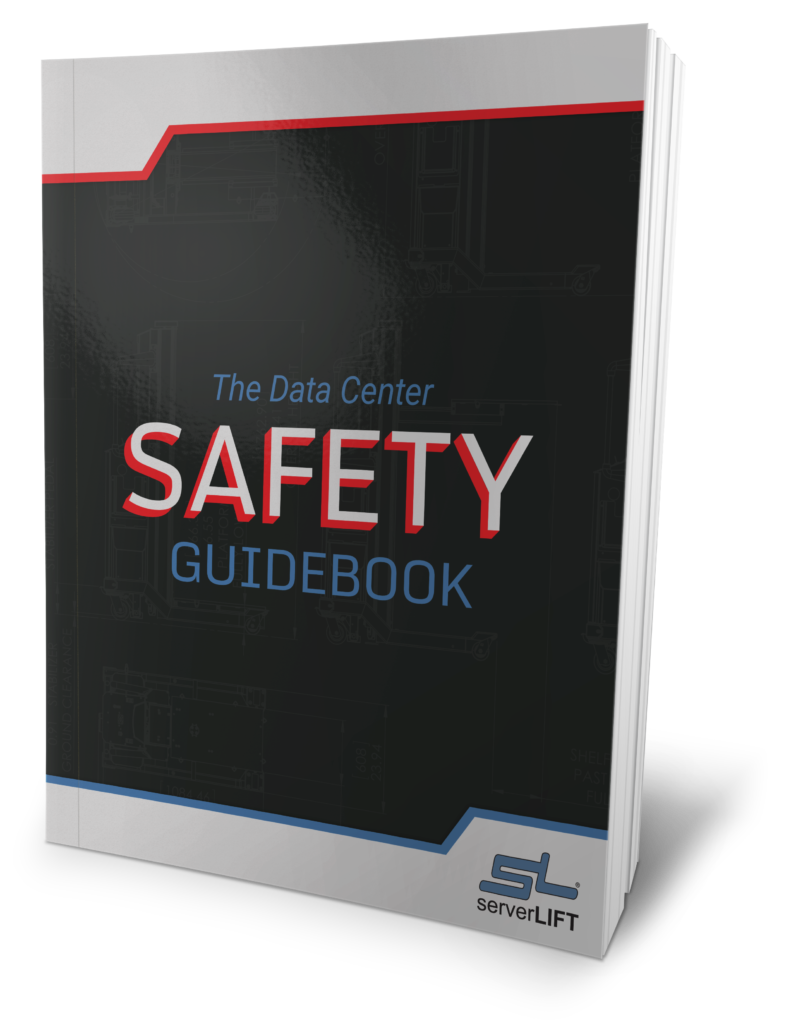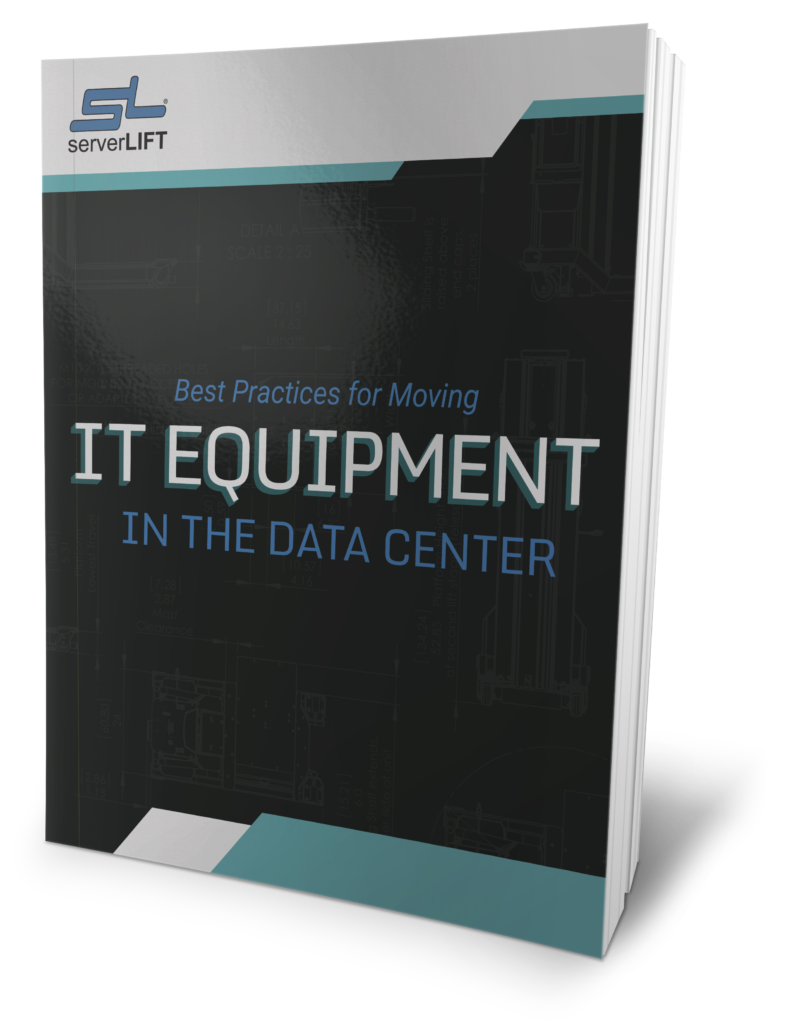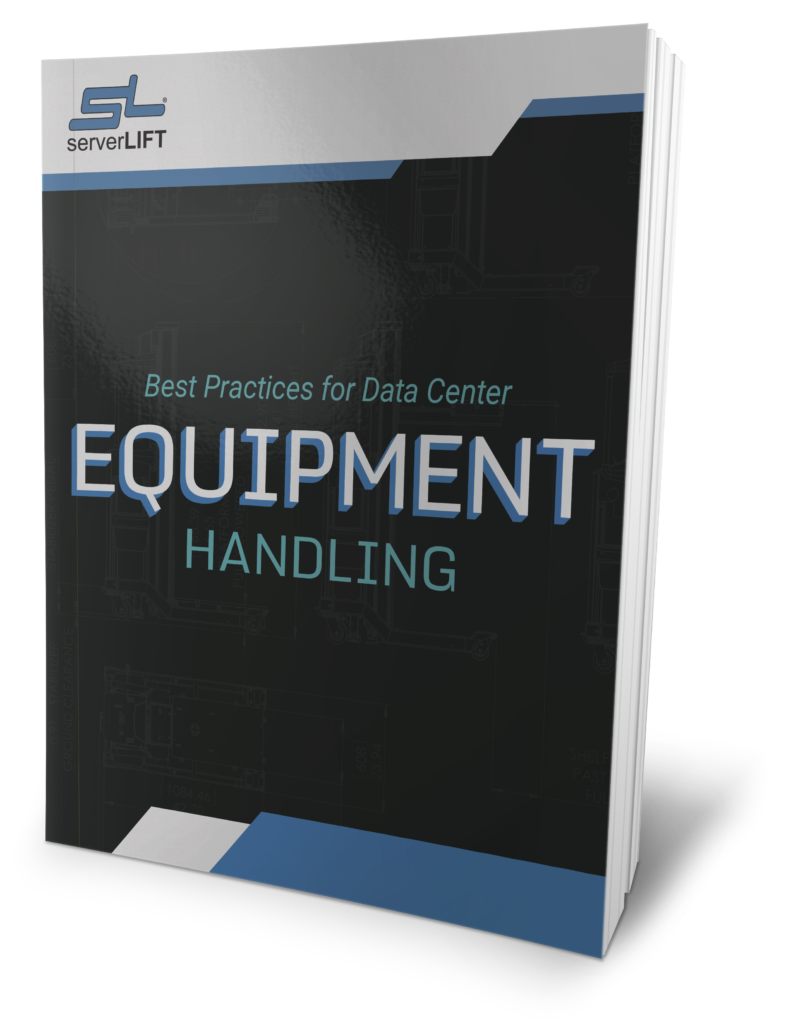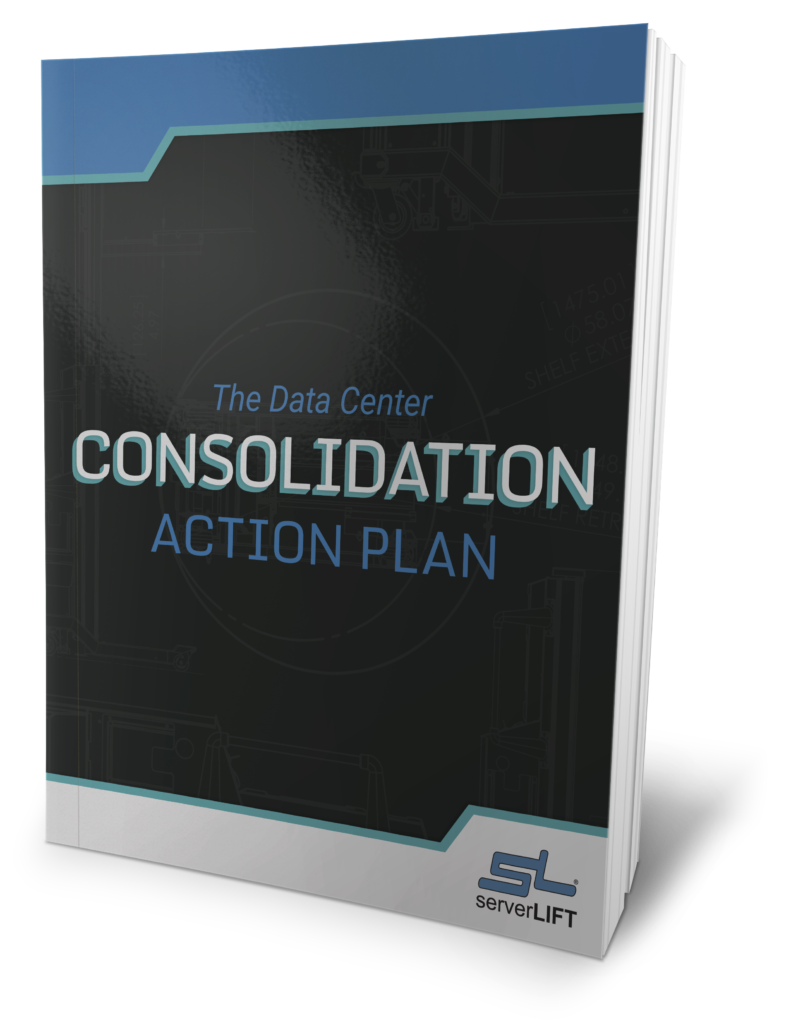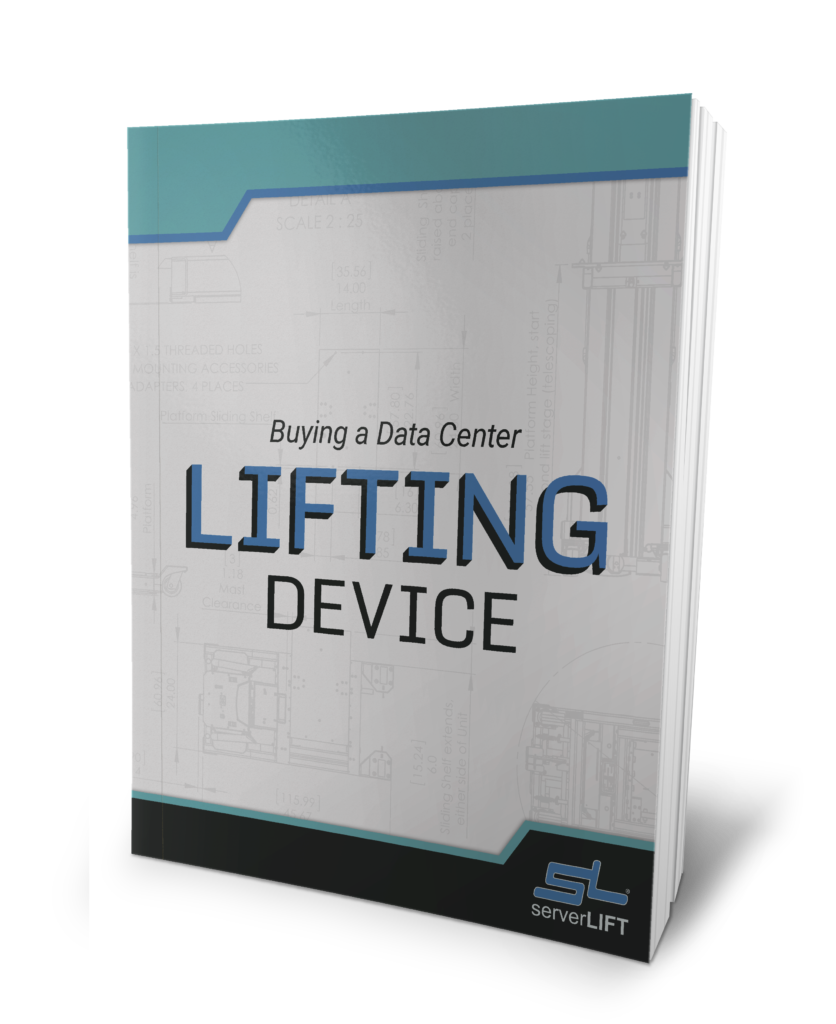As the amount of pressure facing data centers regarding their energy usage rises, most data center operations managers are turning to cold aisle containment in order to dramatically reduce their annual electricity usage.
Within data centers, up time and energy efficiency have long butted heads, but the risk presented by unplanned downtime typically won out in the end. As a result, many data centers were fine spending extra money on HVAC units to keep servers cool. According to Energy Star, some facilities that did not utilize cold aisle containment used to keep server rooms at temperatures as low as 55 degrees Fahrenheit (13 deg. C) in order to be sure that the data center would not become so hot that IT equipment would degrade.
Over the past six to 18 months, this conversation has shifted. Now, data centers must keep a closer eye on energy efficiency, cold aisle containment and the bottom line. One main driver of this renewed focus was a September 2012 report from The New York Times. The article said that data centers waste 90 percent or more of the electricity they take from the grid, and these facilities worldwide use up as much electricity in a year as is generated by 30 nuclear power plants. While many data center professionals lambasted the Times for its inaccurate portrayal of the data center industry, the report nonetheless shined a brighter spotlight on the issue of efficiency and energy usage.
Since then, additional reports and trends have made energy efficiency an even bigger priority in the industry. For example, IDG News reported in April that while research from 2009 and 2012 put the average power usage effectiveness (PUE) score of data centers at between 1.8 and 1.91, a survey conducted earlier this year by data center hosting vendor Digital Realty Trust found that the typical PUE rate is actually about 2.9.
“While a PUE of 2.9 seems terribly inefficient, we view it as more being closer to the norm than the extremely low (close to 1) figures reported in the media,” Digital Realty CTO Jim Smith told IDG. “In our view, those [lower] figures represent what a very small number of organizations can achieve based on a unique operating model.”
Placing further strain on data centers regarding their use of electricity is the rising prevalence of municipal and state laws designed to cap greenhouse gas emissions. For example, the Global Warming Solutions Act of 2006 mandates that greenhouse gas emissions in California need to be reduced to 1990 levels by 2020. According to GigaOM, this law could mean that data centers, as major electricity customers, could soon face far higher energy costs. As these kind of laws become more prevalent, data centers will need to develop alternative means of keeping servers cool that do not just rely on energy-intensive HVAC units.
How Cold Aisle Containment Saves the Day
Just about every component in a data center needs a constant supply of electricity to work effectively, and HVAC units are perhaps the biggest energy hogs within the data center. A number of major firms have adopted various means of cooling IT equipment so as not to rely so heavily on air conditioning. For example, Facebook recently built a data center in the Arctic Circle that pumps in cold outside air, and a number of data centers operated by Google in the U.S. and Europe run cold water in special pipes next to servers. Last year, we looked at Google’s Thermal Energy Storage model, and EBay’s Project Mercury, right here in Phoenix.
Currently, most of these alternative cooling methods are in their experimental or early adoption stages, and thus only available to companies with large cash reserves. For data centers with more limited budgets, cold aisle containment is a far more feasible solution. While such a configuration does not totally eliminate HVAC units, it does more effectively channel cold air so that air conditioning is not needlessly cooling IT equipment and thus unnecessarily wasting power. Energy Star reported that cold aisle containment can reduce total energy costs by up to 10 percent and fan energy usage by up to 25 percent.
The industry will continue to watch for new innovations that can save substantially on energy costs. It is also worth mentioning that many of these alternative methods can be used to complement, rather than replace cold aisle containment. In the meantime, cold aisle containment is a mature solution that uses commercially available components and hardware, and will most likely continue to be the most utilized method of controlling energy spent on air conditioning in the near future.


